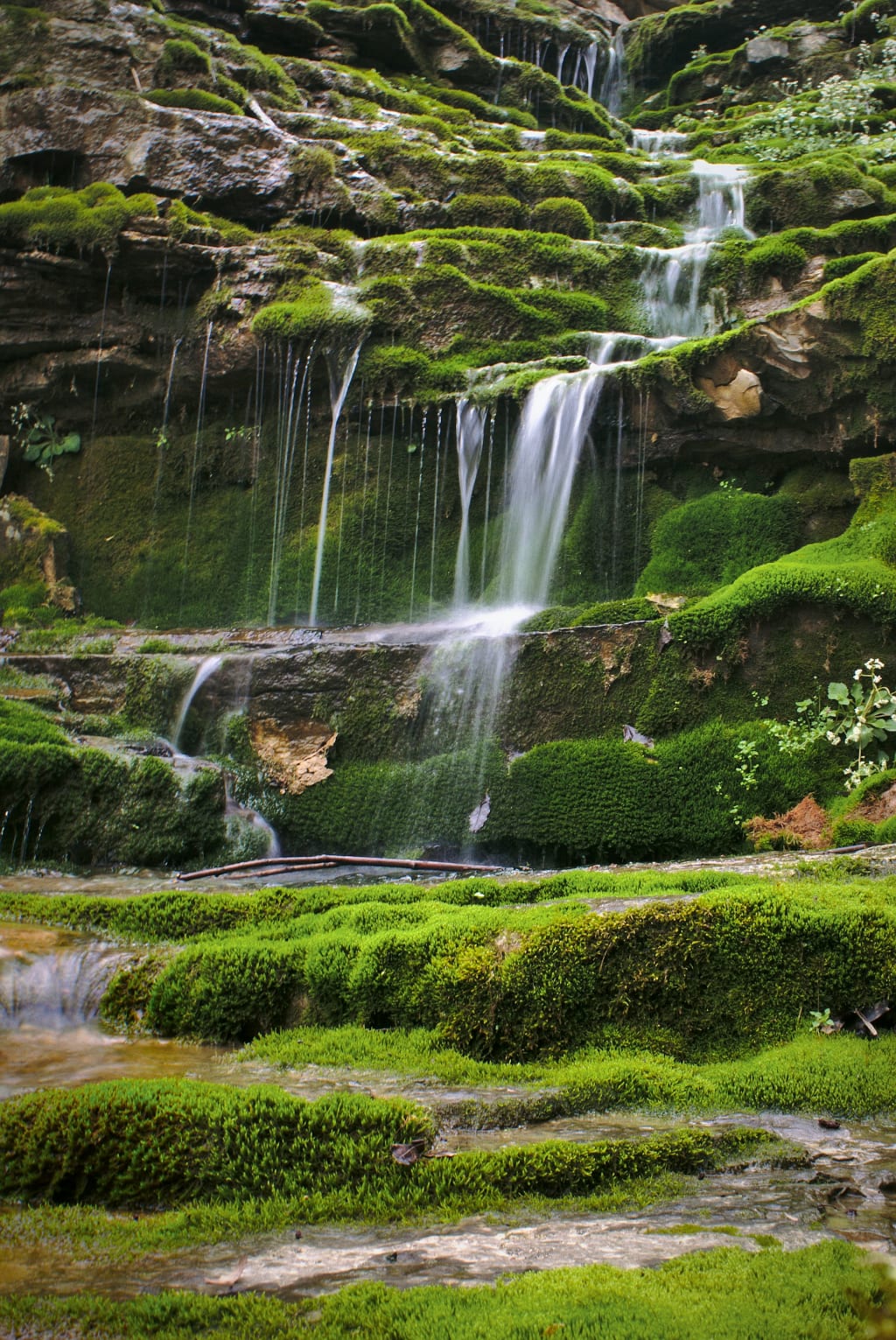
Nature is beautiful, but it's also scary and sometimes completely unexplainable. From animal migration to Naga fireballs to the Tunguska event, earthquake lights, blue jets, and red sprites, there are many events of nature that continue to elude explanation.
Animal Migration
Animals undertake incredible feats of migration, often covering thousands of miles across vast expanses of land and sea. Despite this, the precise mechanisms that enable them to traverse such great distances without getting lost remain something of a mystery. Scientists have put forward various theories to explain this remarkable ability, including the use of visual landmarks, smells, and even the Earth's magnetic field. Some researchers believe that animals might also rely on a phenomenon known as morphic resonance, which is a theory proposed by Rupert Sheldrake that suggests that memory is stored and transmitted throughout nature, allowing animals to tap into a collective knowledge that helps them navigate their environment. While the exact mechanisms at play are still not fully understood, it is clear that the ability of animals to navigate vast distances with remarkable precision is one of the most awe-inspiring wonders of the natural world.
Naga Fireballs
In Thailand, a fascinating natural phenomenon occurs every year around late autumn, during the nights of the full moon at the end of the Buddhist Lent. Known as the Naga's fireballs, this spectacle features hundreds of glowing orbs that explode randomly out of the Mekong River. Locals believe that the fireballs originate from the breath of Naga, a mythical serpent that is said to inhabit the river. However, scientists have been puzzled about the true nature of these fireballs for quite some time. While some believe that the fireballs are simply pockets of methane that are bubbling up from the river, others argue that whatever is sailing through the air must have mass and must have been propelled physically. Despite the scientific explanations, the Naga's fireballs remain a mystery and a popular attraction for locals and tourists alike.
Tunguska Event
In June of 1908, a sudden and terrifying event occurred in a remote region of Russia. An enormous ball of fire exploded in the sky, with a force that was later estimated to have reached 50 megatons of energy. The resulting explosion was so powerful that it flattened an area of forest covering 770 square miles, and the shockwave was felt as far away as Europe and Asia. This event was later known as the Tunguska event, named after the river near where it occurred.
Despite extensive research and investigation into the incident, the true cause of this cataclysmic explosion remains a mystery. While many scientists believe that a meteor was to blame, others point to the fact that a nearby lake was created by a meteor impact, leading to speculation that the Tunguska event may have been caused by a similar phenomenon. However, there are also those who argue that the lake in question was already there before the explosion, leaving the true cause of the most powerful natural explosion in recent history still unknown.
Earthquake Lights
For centuries, people have reported seeing white or bluish flashes of light in the sky right before a major earthquake strikes. These flashes, known as earthquake lights, can last for several seconds and have been documented in many parts of the world. While there are many theories about what causes these lights, recent research suggests that they may be related to the natural electrical charge of rocks in the earth's crust. This charge is thought to be weakened by the intense pressure and stress that builds up in the earth's crust before an earthquake. However, scientists are still uncertain about the exact origin of these mysterious lights and continue to study them in order to better understand earthquake activity and predict future earthquakes.
Blue Jets and Red Sprites
During a thunderstorm, above the clouds, you might see a fascinating phenomenon called blue jets and red sprites. These events are only visible from space or an airplane and appear as if fireworks are falling from the sky. Red sprites usually occur as high as 50 miles above the ground and appear red most of the time. Meanwhile, blue jets shoot directly off the top of storm clouds and can travel up to 30 miles into the ionosphere. Scientists believe that these phenomena are related to the lightning that occurs during storms, but beyond that, the exact cause of the blue jets and red sprites is still a mystery. Nonetheless, their unique and stunning appearance continues to captivate people and scientists alike.
In conclusion, nature continues to amaze and confound us with its unexplainable events. While we may never fully understand these phenomena, they serve as a reminder of the vastness and complexity of the natural world around us.





Comments
Test is not accepting comments at the moment
Want to show your support? Send them a one-off tip.